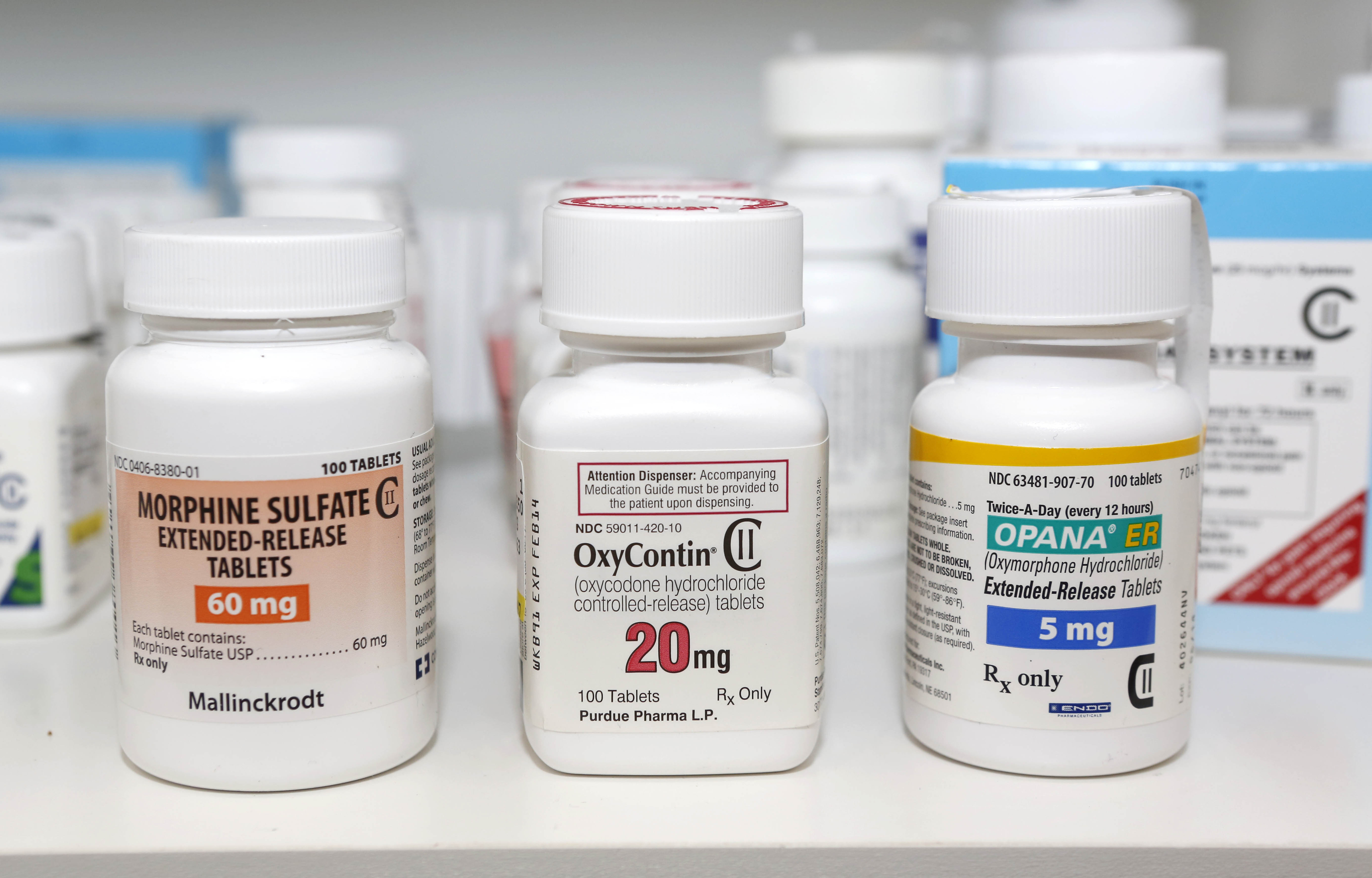There’s a simple way to reduce the opioid epidemic gripping the country, according to new Cornell University research: Make doctors check their patients’ previous prescriptions.
The most significant response to the opioid epidemic comes from state governments. Nearly every state now has a database that tracks every prescription for opioids like OxyContin, Percocet, and Vicodin. Using these databases, doctors and pharmacists can retrieve a patient’s history to decide whether they are an opioid abuser before prescribing them drugs.
Such databases reduce opioid abuse among Medicare recipients — but only when laws require doctors to consult them, according to a Cornell health care economist and her colleague. Their study refutes previous research suggesting the databases have no effect on opioid abuse. The paper is forthcoming in the American Economic Journal: Economic Policy.
“The main issue is getting providers to change their prescribing behavior. The majority of opioids that people abuse start in the medical system as a legitimate prescription,” says co-author Colleen Carey, assistant professor of policy analysis and management in the College of Human Ecology. Her co-author is Thomas Buchmueller of the University of Michigan.

In this Jan. 18, 2013 file photo, Schedule 2 narcotics: Morphine Sulfate, OxyContin and Opana are displayed for a photograph in Carmichael, California. (AP Photo/Rich Pedroncelli, File)
States that implemented a “must access” database saw a decline in the number of Medicare recipients who got more than a seven-months’ supply in a six-month period. And there was a decrease in those who filled a prescription before the previous prescription’s supply had been used.
“Doctor shopping” also dropped. Medicare opioid users who got prescriptions from five or more doctors — a common marker for “doctor shopping” — fell by 8 percent; the number of those who got opioids from five or more pharmacies declined by more than 15 percent
On the flip side, Medicare patients appeared to evade the new regulations by traveling to a less-regulated state.
Although the study looked only at Medicare recipients, the findings are likely to translate to the general population, the researchers say. The effects were especially large for low-income disabled users and for those who obtain opioid prescriptions from a high number of doctors; both groups have the highest rates of misuse and abuse, Carey says.
The strongest effects were in states with the strictest laws, such as New York, which require doctors to check the opioid history of “every patient, every time.” But even states with laws requiring access only under certain circumstances reduced doctor shopping.
Until recently Medicare has had very few legislative tools to curtail the epidemic
And insurance companies have little incentive, because opioids are relatively cheap, costing about $1.60 per day in the study’s sample. And opioids don’t hit Medicare insurers in the bottom line, making up only 3 percent of their total drug costs, Carey says.




